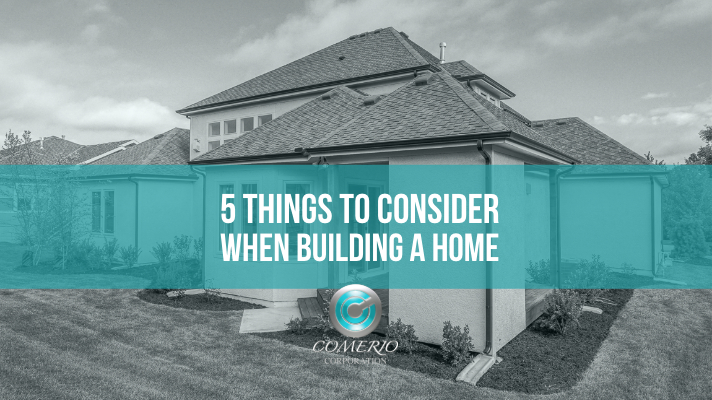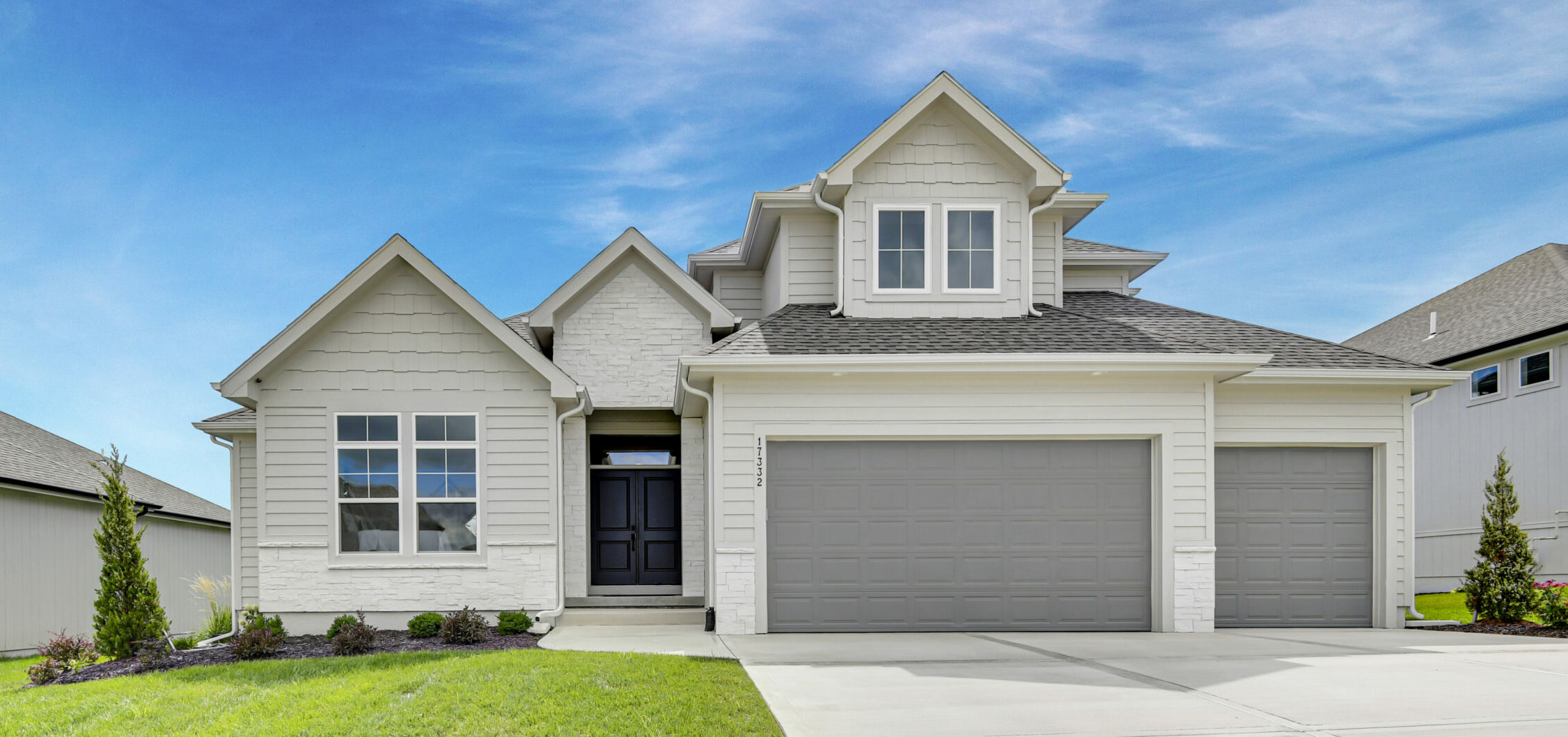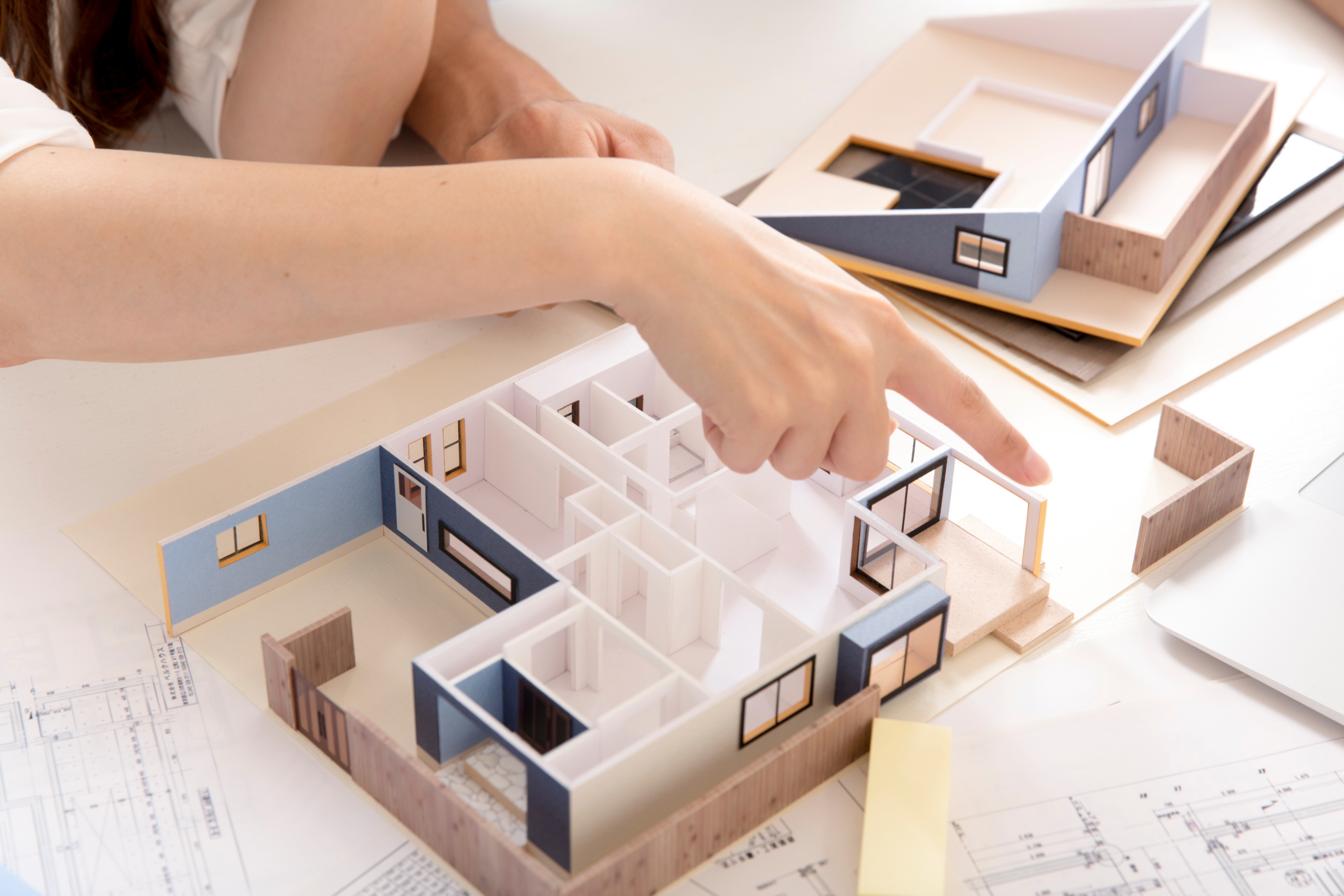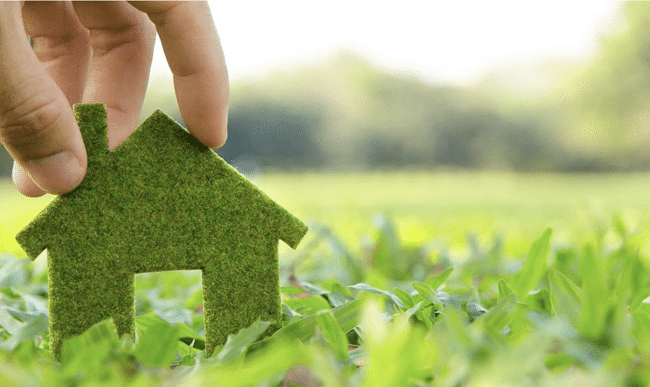More Affordable Than You Think! The idea of building a custom home often comes with…

5 Things To Think About When Building A New Home
Building a new home is a very exciting process, but there are many factors to think through from start to finish.
1. Know Your Budget And Stick To It
Before you start building your new home, get pre-approved for a budget and stick to it. Most house plans offer a cost to build tool (usually for a nominal fee) to give you an accurate estimate of construction costs based on where you’re building. The numbers include the costs of construction, tax benefits, funds for the down payment and slush account, and other related calculations.
Be sure to look at model homes if they are available to have an idea if there are any upgrades you would like to add to your home. An itemized list of what the home price includes should be procured by your builder and any questions answered in advance.
Once you’ve determined you can afford the house of your dreams — purchase your house plan and head to the bank to arrange for financing. Keep in mind that home construction lending is a little different than regular mortgage financing. First you’ll need a home construction line of credit that will be used to pay subcontractors and suppliers who perform work and provide supplies. Once your house is constructed, you will need a residential mortgage to pay off the construction line.
2. Fully Vet Your Builder
There are many builders are out there, but not all are created equal. Do a little research to find out which builders have the best reputation. Whether you search for information online or get recommendations from your family and friends, find out whether a builder is respected for doing quality work as well as being punctual. Our architects and designers recommend that you use only builders who are members of the National Association of Home Builders (NAHB). At Comerio Homes, our reputation as a reliable builder ensures complete customer satisfaction.
3. Build With Resale In Mind
No matter how much you love the house that you are building, it’s unlikely that it will be the last home you will ever own. Knowing that, you should be mindful of its potential resale value. While you should personalize your home to your liking, don’t add so many upgrades that you overprice your home for the neighborhood. Stick with timeless designs that will age gracefully with your home. Remember that you can add personal touches with your decorations and paint colors.
4. Think Green
Building green is the future and you should make sure to maximize then when building your new home. Make sure you do your research to maximize energy-efficiency in the design of your new home. Your architect and builder can help ensure that your windows are South-facing so you get as much sunshine as possible heating your home and brightening it up. You’ll want to makes sure that bathrooms, laundries and garages are on the south side of your home and have small windows to minimize heat loss. Spend time choosing your insulation and HVAC systems, as well as energy-efficient appliances and WaterSense faucets and toilets.
5. Don’t forget the punch
Part of the final phase of building a new home is to do a pre-walk through with your builder. Make a list at the end of construction that shows what needs to still be done or what needs to be repaired on the new construction. You and your contractor will create this list the week before closing when you go through your final walk through. You should be taking notes every time you visit your construction site or do a walk through.
When creating this final list for your new home, keep in mind that problems typically fall into two categories: reasonable flaws and unreasonable flaws. Reasonable flaws are flaws that fall within the tolerances of building construction (or insignificant flaws that generally do not affect the quality of the new home). On the other hand, unreasonable flaws are flaws that have to be fixed. These problems do affect the quality of the home. Once any unreasonable flaws are corrected in your new home, this is called substantial completion, which means the new home is livable and can be occupied. Before closing on your new home, you’ll have one final walk through to verify that the items on your list were fixed. As long as the new home has reached the point of substantial completion, you should be able to proceed with closing even if everything was not completed.
Be sure you put the money for the completion of your punch list in escrow. This will allow you to move into your new home while still requiring the builder to complete the items on the list. Then it’s time to enjoy your new home and decorate to your heart’s content.
At Comerio Homes we have so many home plans to choose from. Let us help you build your dream home.



